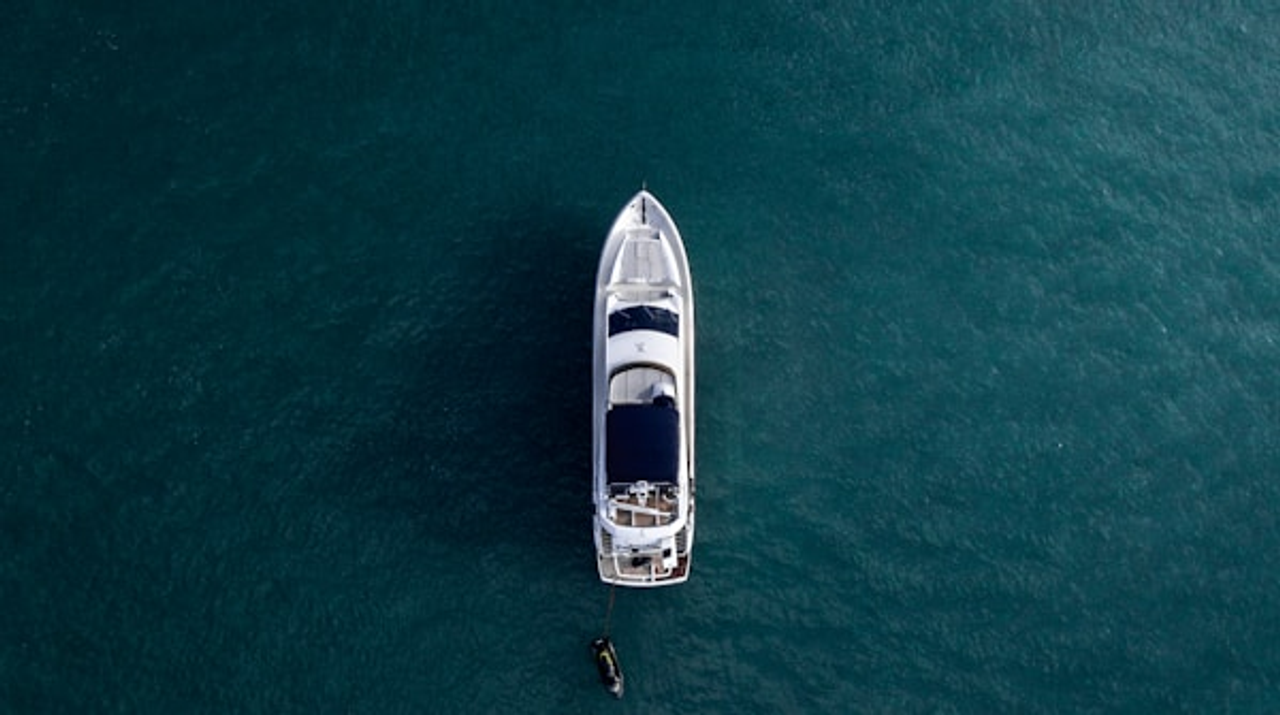
Luxury assets, whether they are fine art, high-end real estate, or rare collectibles, have a lifecycle that requires careful attention and strategic decision-making. Understanding this lifecycle—from acquisition and management to eventual sale—is crucial for maximizing the value of these assets. In this post, we’ll explore the key stages in the lifecycle of a luxury asset and offer tips on how to navigate each stage effectively.
The Stage: Acquiring a luxury asset is the initial step in its lifecycle. Whether it’s purchasing a piece of fine art, investing in a luxury property, or acquiring a rare collectible, this stage sets the foundation for future management and growth.
Key Considerations: Research is paramount at this stage. Ensure you understand the market, verify the authenticity of the asset, and evaluate its potential for appreciation. Consulting experts and conducting thorough due diligence can help prevent costly mistakes and ensure that the asset aligns with your long-term financial goals.
The Stage: Proper documentation and establishing provenance are critical in the lifecycle of a luxury asset. Provenance, or the asset’s history of ownership, can significantly impact its value, especially in markets like fine art and collectibles.
Key Considerations: Maintain detailed records from the moment of acquisition. This includes purchase receipts, certificates of authenticity, and any historical information related to the asset. Proper documentation not only helps in future valuations and sales but also protects against disputes over ownership.
The Stage: Once acquired, luxury assets require ongoing management and maintenance to preserve and enhance their value. This could involve regular appraisals, maintenance work, or even enhancing the asset through renovations or restorations.
Key Considerations: Regularly assess the condition and market value of your luxury assets. For physical assets like real estate or classic cars, invest in proper maintenance to prevent depreciation. For art and collectibles, consider climate-controlled storage and professional restoration when necessary. Engaging with professionals who specialize in luxury asset management can provide valuable insights and ensure your assets are well cared for.
The Stage: Depending on your financial strategy, there may come a time when you want to leverage your luxury asset, either through financing or using it as collateral for a loan. This stage involves making strategic decisions about how best to use the asset to support your broader financial goals.
Key Considerations: Understand the risks and benefits of leveraging your luxury asset. Ensure that any financing or loans are structured to preserve the asset’s value. Consulting with financial advisors who specialize in luxury assets can help you navigate this process effectively.
The Stage: Eventually, you may decide to sell the luxury asset. The sale is a crucial stage in the lifecycle, as it’s the point at which you realize the asset’s financial value. Timing, market conditions, and the asset’s condition play significant roles in determining the success of this stage.
Key Considerations: Timing is everything when it comes to selling a luxury asset. Monitor market trends and consult with industry experts to determine the best time to sell. Ensure that the asset is in prime condition and that all documentation is in order to facilitate a smooth transaction. Developing a clear exit strategy that aligns with your financial goals will help you maximize returns.
The Stage: After the sale, the proceeds can be reinvested or used to diversify your portfolio. This stage marks the continuation of your wealth management strategy and the beginning of a new cycle in luxury asset management.
Key Considerations: Reinvesting the proceeds from the sale of a luxury asset requires careful planning. Consider diversifying into different types of luxury assets to spread risk and explore new opportunities. Working with financial advisors who understand the luxury market can help you make informed decisions about reinvestment and diversification.
Understanding the lifecycle of a luxury asset—from acquisition to sale—is essential for managing and maximizing the value of these high-end investments. By paying close attention to each stage, from initial research to final sale, and engaging with experts when necessary, you can ensure that your luxury assets contribute to your long-term financial success.